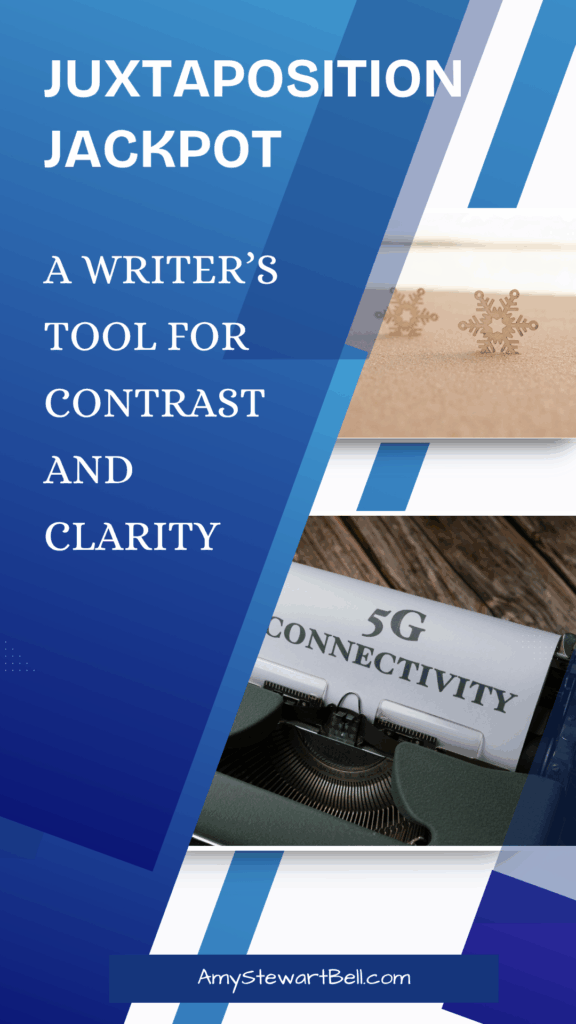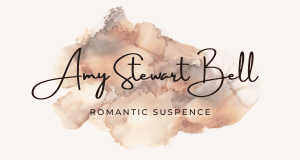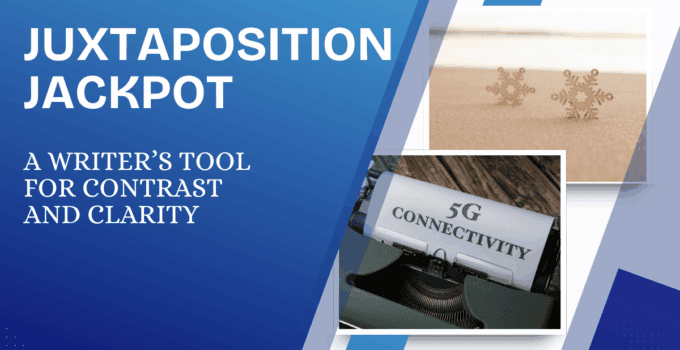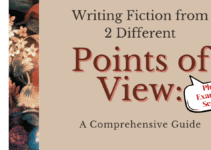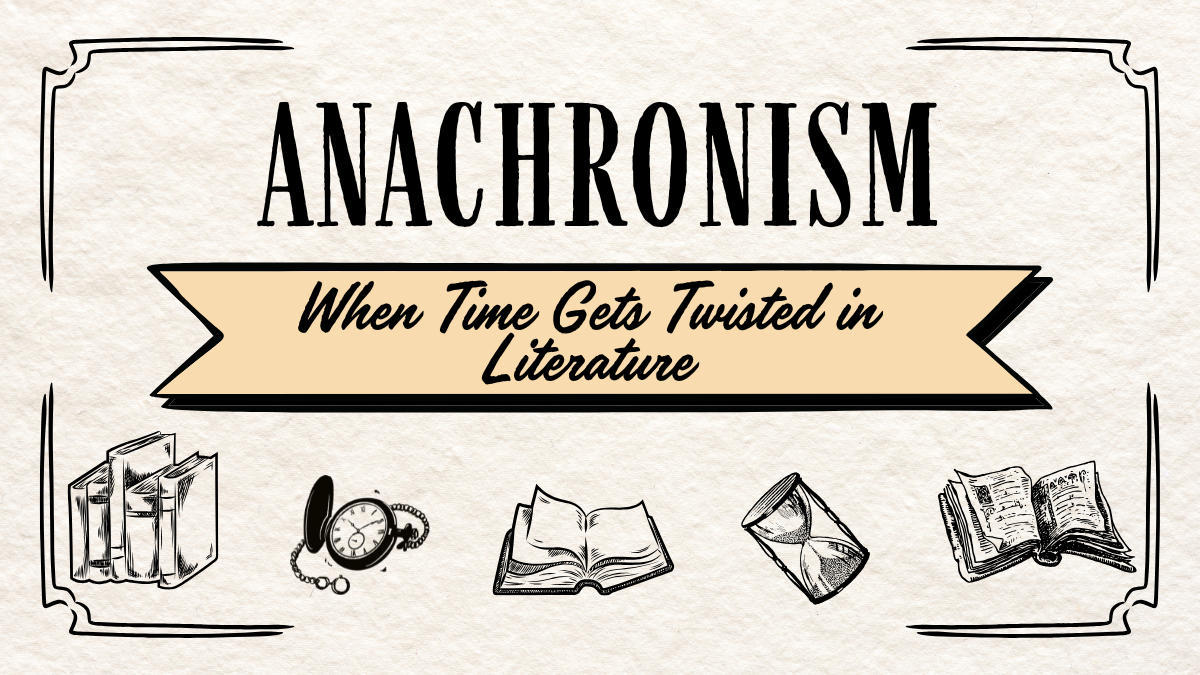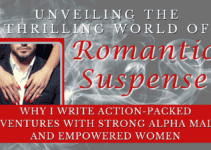Juxtaposition is a powerful literary device that places two contrasting ideas, characters, or images next to each other to highlight their differences—or reveal something deeper. It sharpens themes, builds tension, and gives readers a clearer understanding of what’s at stake.
Let’s explore how juxtaposition works, see it in action, and learn how you can use it effectively in your own writing.
💡 What Is Juxtaposition?
Juxtaposition is the placement of two or more elements side by side, especially to highlight contrast or comparison. These elements might be characters, settings, ideas, emotions, or imagery.
The purpose? To create emphasis, tension, irony, or clarity by showing how one element differs from—or reveals something about—the other.
🎯 Why Use Juxtaposition?
Writers use juxtaposition to:
- 🔍 Highlight contrast in tone, character, or theme
- 🧠 Deepen complexity and provoke thought
- 🎭 Create irony or dramatic effect
- 🪞 Reveal character traits or motives by comparison
- 🧵 Strengthen narrative themes through parallel structure
📚 Examples of Juxtaposition in Literature
🖋️ Charles Dickens – A Tale of Two Cities
“It was the best of times, it was the worst of times…”
Dickens immediately juxtaposes contrasting ideas to reflect the duality of the era—and the novel’s core tension.
🖋️ Shakespeare – Romeo and Juliet
The innocence of young love is constantly juxtaposed with the violence and hatred of their feuding families.
This contrast intensifies the tragedy and underscores the senselessness of the conflict.
🖋️ William Blake – “The Tyger” and “The Lamb”
Blake explores the duality of creation by juxtaposing two poems:
- “The Lamb” – symbol of innocence and peace
- “The Tyger” – symbol of ferocity and danger
Together, they question how both could come from the same divine creator.
🖋️ Harper Lee – To Kill a Mockingbird
The childish innocence of Scout is juxtaposed with the deep injustice of racism in her community.
This contrast enhances the reader’s emotional response and sharpens the social critique.
🔍 Juxtaposition in Visual and Pop Culture
- In Film: A peaceful lullaby playing during a violent scene (like in The Godfather) creates intense emotional irony.
- In Advertising: A dirty environment contrasted with a sparkling product emphasizes the brand’s effectiveness.
- In Poetry: A beautiful natural scene placed next to a description of grief reveals emotional complexity.
✍️ How to Use Juxtaposition in Your Writing
- 🧠 Start with opposites – Consider elements like rich/poor, light/dark, calm/chaotic, naive/cynical.
- 📍 Place them close – Juxtaposition works best when contrasts are side by side in the same sentence, paragraph, or scene.
- 🎯 Use for theme or emotion – Highlight injustice, irony, beauty, or contradiction.
- 🎭 Let readers interpret – Avoid over-explaining; the power of juxtaposition lies in the reader noticing the contrast for themselves.
✨ Bonus: Juxtaposition vs. Other Devices
- Juxtaposition = placing contrasting elements together to highlight difference
- Oxymoron = two contradictory words combined (e.g., deafening silence)
- Paradox = a self-contradictory statement that reveals a deeper truth (e.g., less is more)
Juxtaposition is broader and visual—it lets the contrast speak for itself.
🧵 Final Thoughts
Juxtaposition invites the reader to see more clearly through contrast. It’s subtle but powerful—perfect for revealing nuance, building tension, or making a theme unforgettable.
So next time you’re writing a scene or crafting a message, try placing opposites together. What’s revealed in the space between them might just be the heart of your story.
Enjoy exploring the power of literary devices?
Subscribe to the blog for weekly insights on storytelling techniques, creative tools, and the craft of language. 🖋️⚖️📚
If you enjoy learning more about writing, be sure to join our community! We will be adding a deep dive on each of the literary devices which are so important in writing and in understanding the nuances in literature.
LET’S CONNECT!
There are many ways to connect with Amy Stewart Bell. We would love to know what you think and any of the topics we offer. We welcome your comments and want to interact with you!
If you haven’t yet, grab your copies of Once Captured, Uncharted Captivity, and The Captive Mind.
You can also connect in other areas. Join us on Instagram @AmyWritesAll, on X @AmyWritesAll, and on Facebook @AmyWritesAll.
Be sure to join our community as well; you will get even more inside info!

